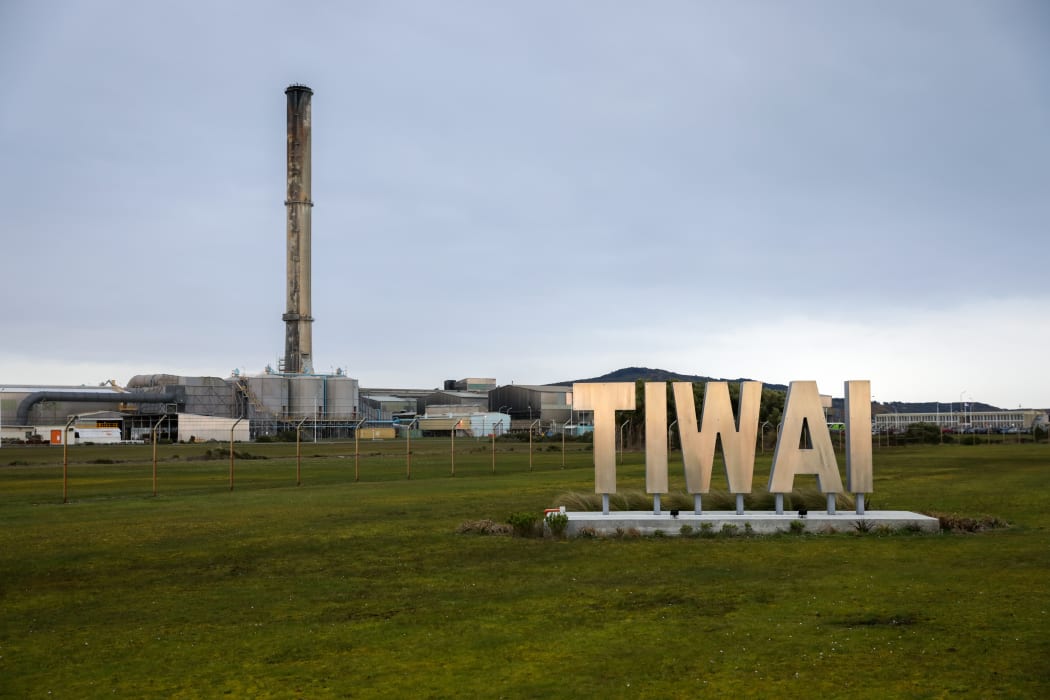Tests at Tiwai Pt aluminium smelter have turned up soil, drains and groundwater contaminated at levels that exceed key thresholds.

Photo:
The latest tests released by the company have found 83 percent of groundwater samples exceed drinking water standards as well as regional council guidelines for aluminium and toxic fluoride.
New Zealand Aluminium Smelters says no one uses the groundwater for drinking.
It adds all the testing at 238 locations is focused on areas likely to be the most contaminated - close to the factory or under storage areas of the most toxic waste.
"There is no risk to human health," NZAS said.
At a couple of these spots, fluoride was 20 times and aluminium a whopping 130 times above drinking water standards. See 'monitoring slides page 8 and 9
Two thirds of samples from drains also exceed thresholds.
Closure readiness general manager Nicole Atherton said they are working to up their game.
"We recognise some waste has been handled poorly in the past and this was not acceptable," she said in a statement.
The samples were much more likely to exceed acceptable recreational levels, than industrial levels, indicating that putting another factory on the site won't be such a problem, but turning it into a park would be.
Confusion persists in the government over just what standard the smelter's owner Rio Tinto intends to return the site - that adjoins conservation land - to when the smelter shuts in 2024.
Maps show 11 industrial level exceedances around the plant, and 40 recreational level exceedances, some very close to the sea.
Soil tests indicated "the contamination is close to the surface and can easily be remediated," NZAS said.
It has a provision of $300m for a clean-up - but Rio Tinto and its smaller shareholder Sumitomo Group have resisted government attempts to get them to underwrite this, OIA releases to RNZ have shown.
The new tests show between a tenth and a sixth of the soil sampled will need treating if it is to be dug up and put in a secure landfill somewhere else.
The landfill at the smelter is threatened by sea level rise, according to official studies.
NZAS has promised to remove more than 200,000 tonnes of the most contaminated waste - spent cell liner or SCL - however, it has balked at government requests to commit to digging up its massive landfill.
More investigation is needed into what impacts on the marine environment the contaminated groundwater and drains - contaminated with nickel and zinc - might have, the reports say, though NZAS also said the drains "are considered unlikely to pose a risk to the coastal environment".
As for the soil, samples were not from routine work areas "and do not pose a risk to human health unless the soil is disturbed which would only occur under strict supervision and requires a special permit".
The test information has been released to iwi and the wider public and would guide clean-up efforts, the company said.
It invited any locals concerned about it to contact NZAS.Enquiries@riotinto.com.





